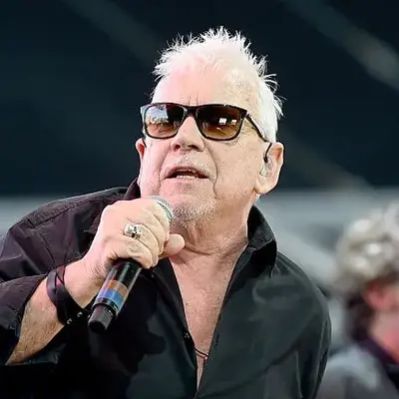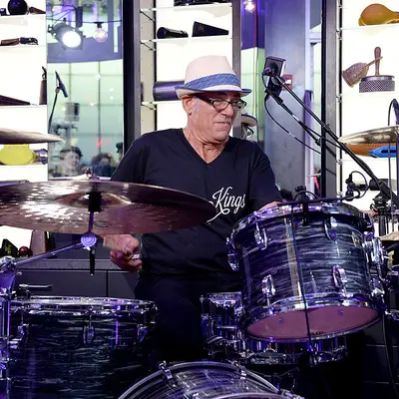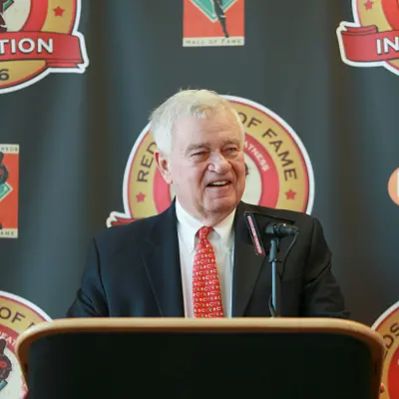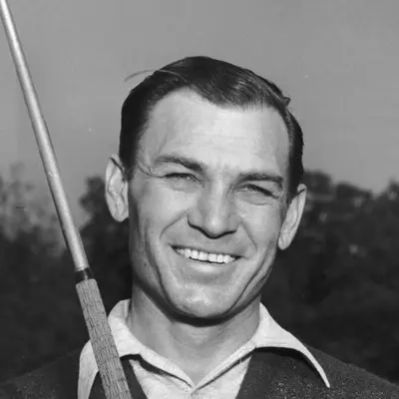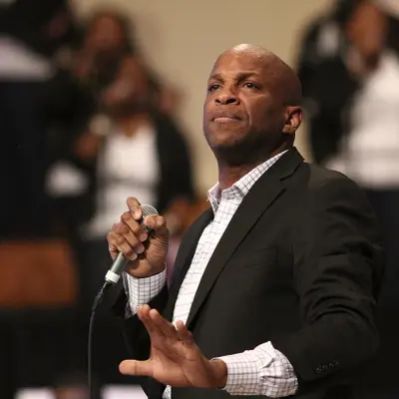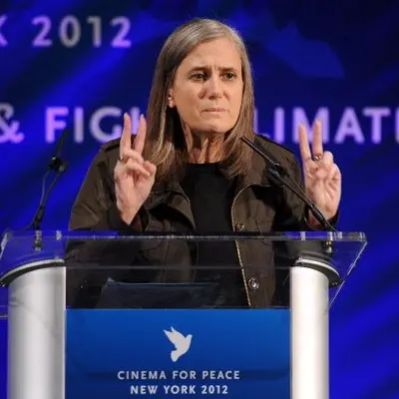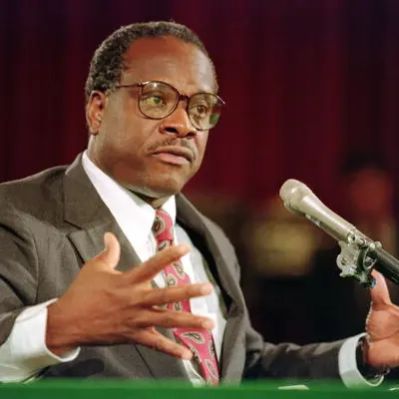What Is David Coverdale Net Worth’ Net Worth?
David Coverdale, the celebrated English musician renowned for his powerful vocals and charismatic stage presence, has accumulated a net worth of $18 million. His financial success stems primarily from his illustrious career as a singer and songwriter, most notably with the iconic rock bands Deep Purple and Whitesnake. Beyond his band affiliations, Coverdale has also enjoyed a successful solo career and a significant collaboration with Led Zeppelin’s Jimmy Page, further bolstering his wealth.
Early Career and Rise to Fame
Born on September 22, 1951, in Saltburn-by-the-Sea, England, to Winnifred and Joseph Coverdale, David’s journey into music began at a young age. While specific details regarding his formal education and early residences remain sparse, his passion for music was evident early on. By the age of 14, he was already performing professionally, honing his vocal skills in various local bands such as Vintage 67, The Government, and Fabulosa Brothers. These early experiences provided him with a crucial foundation for his future success.
In 1973, Coverdale’s career took a pivotal turn when he learned that Deep Purple was searching for a new lead singer to replace Ian Gillan. Having previously shared the stage with Deep Purple during his time with The Government, he was familiar with their music and style. He submitted a demo tape and subsequently auditioned for the band, ultimately securing the coveted position. This marked the beginning of his ascent to international stardom.
Deep Purple Years: Building a Foundation
Coverdale’s tenure with Deep Purple saw the release of several commercially successful albums. The first album featuring Coverdale, “Burn,” was released in 1974 and quickly achieved gold certification in both the United States and the United Kingdom. This initial success demonstrated Coverdale’s ability to connect with a large audience and contribute to the band’s continued popularity. Later that same year, Deep Purple released “Stormbringer,” which also attained gold status in the US and UK, further solidifying Coverdale’s role within the band.
However, creative differences began to emerge within the band. Guitarist Ritchie Blackmore, dissatisfied with the increasing soul and funk influences in their music, departed from Deep Purple in 1975. Despite this significant loss, Coverdale championed the continuation of the band. He encouraged Deep Purple to bring in American guitarist Tommy Bolin, known for his work with The James Gang. Together, they released “Come Taste the Band,” but the album’s performance fell short of expectations compared to previous releases. The album’s failure to match the success of its predecessors underscored the challenges the band faced in maintaining its momentum after Blackmore’s departure.
In March 1976, following the band’s tour, Coverdale reportedly announced his resignation amidst emotional turmoil. Deep Purple officially disbanded in July of the same year, marking the end of an era. While specific financial details from his Deep Purple years are not publicly available, the gold-certified albums and extensive touring undoubtedly contributed to his early financial stability and established him as a prominent figure in the rock music scene.
Solo Career and the Birth of Whitesnake
Following Deep Purple’s breakup, Coverdale embarked on a solo career, releasing his first album, “White Snake,” in 1977. All tracks on the album were written by Coverdale and English guitarist Micky Moody. Despite the album not achieving significant commercial success, it served as the inspiration for his future band’s name. His second solo album, “Northwinds,” released in March 1978, fared better, signaling a promising trajectory for his solo endeavors.
In 1978, Coverdale founded Whitesnake, bringing on board Micky Moody and Bernie Marsden on guitar. The band’s initial release was the “Snakebite” EP, featuring four tracks. This was followed by “Trouble,” Whitesnake’s first official studio album. Featuring former Deep Purple bandmate Jon Lord, “Trouble” reached #50 on the UK albums chart upon its release in 1978. The inclusion of Lord, a familiar face from his Deep Purple days, likely provided a sense of continuity and helped to establish Whitesnake as a legitimate force in the rock world.
Whitesnake achieved greater success in 1980 with the album “Ready an’ Willing,” which featured Ian Paice, another former Deep Purple member, on drums. This album contained the band’s breakout hit, “Fool for Your Loving,” which reached #13 on the British charts. The addition of Paice further strengthened the band’s Deep Purple connection and contributed to its growing popularity. The band’s next album, 1981’s “Come an’ Get It,” proved to be an even bigger hit, continuing their upward trajectory.
Whitesnake’s Ascent to Global Stardom
In 1984, Whitesnake began gaining traction in North America with the album “Slide it In.” Coverdale sought to modernize the band’s sound by recruiting former Thin Lizzy guitarist John Sykes, known for his more aggressive and contemporary style. However, Coverdale contracted a severe sinus infection, halting the recording process. Tensions between Coverdale and Sykes escalated, leading to Sykes’s dismissal before the album was completed. Despite these challenges, “Slide it In” marked a turning point for Whitesnake, opening doors to a larger audience.
Whitesnake reached its commercial peak in 1987 with the self-titled album “Whitesnake,” which achieved multi-platinum status. The album featured the hit singles “Here I Go Again” and “Is This Love,” transforming the band into a major concert headliner in North America. These songs, with their catchy melodies and memorable music videos featuring actress Tawny Kitaen (who later married Coverdale), became ubiquitous on MTV and radio, propelling Whitesnake to international fame. Although specific revenue figures for this album are not publicly available, the multi-platinum certification signifies substantial sales and royalties for Coverdale and the band.
Following the success of “Whitesnake,” the band recorded “Slip of the Tongue” with guitarist Adrian Vandenberg. The album was a commercial success in both the US and Europe, achieving platinum status. In 1990, at the end of their tour in Tokyo, Coverdale disbanded Whitesnake to re-evaluate his career. The decision to disband the band at the height of their success was a significant turning point for Coverdale, prompting him to explore new creative avenues.
Coverdale-Page and Whitesnake’s Return
In 1991, Coverdale collaborated with Led Zeppelin guitarist Jimmy Page, resulting in the 1993 album “Coverdale-Page.” The album was a global success, reaching #4 in the UK and #5 in the US, and earning platinum certification. While specific financial details regarding the collaboration are not publicly disclosed, the album’s success undoubtedly contributed to Coverdale’s earnings. Following a short tour in Japan, Coverdale and Page parted ways.
Coverdale formed a new Whitesnake lineup in 1994 to promote the release of a Greatest Hits album. However, the band disbanded again after the tour. Coverdale later released his album “Restless Heart” and took a brief hiatus from music. He returned in 2000 with “Into the Light,” his first solo album in 22 years. The intermittent disbanding and reformation of Whitesnake reflect Coverdale’s evolving musical interests and his desire to explore different creative paths.
Whitesnake’s Continued Success in the 21st Century
In 2002, Coverdale re-formed Whitesnake for a tour across the US and Europe. In 2006, the band signed a record deal with Steamhammer Records and released the double live album “Live: In the Shadow of the Blues.” Whitesnake subsequently released its first new studio album in over a decade, “Good to Be Bad.” The band continued to tour extensively until Coverdale was diagnosed with a vocal injury in 2009. While specific financial details of these tours and albums are not publicly accessible, they undoubtedly contributed to Coverdale’s ongoing income stream.
After recovering from his vocal injury, Coverdale and Whitesnake recorded the album “Forevermore,” released in 2011. This was followed by “The Purple Album” in 2015, featuring cover versions of Coverdale’s Deep Purple songs. These later albums and tours demonstrated Coverdale’s enduring passion for music and his ability to maintain a dedicated fan base. The release of “The Purple Album” was a full circle moment for Coverdale who revisited the music that helped propel him to success.
Personal Life and U.S. Citizenship
In 1974, Coverdale married Julia Borkowski, and they had a daughter, Jessica, in 1978 before divorcing. In 1989, he married actress and former model Tawny Kitaen, who appeared in several of Whitesnake’s music videos. Coverdale and Kitaen divorced in 1991. Later, Coverdale married author Cindy Barker, with whom he has a son, Jasper. Coverdale has resided in Incline Village, Nevada, for over two decades, highlighting his preference for a tranquil lifestyle away from the spotlight. He became a US citizen in 2007, marking a significant personal milestone.
Real Estate and Other Assets
David Coverdale’s primary residence has been in Incline Village, Nevada, for over twenty years. While the specific address and details of his property are not publicly available, Incline Village is known for its upscale homes and scenic beauty, suggesting a substantial real estate investment. It is not publicly known whether Coverdale owns other real estate properties or has investments in other tangible assets such as private planes or luxury cars. Such information is generally kept private, making it difficult to ascertain the full extent of his holdings. He became a US citizen in 2007
 Net Worth Ranker
Net Worth Ranker


